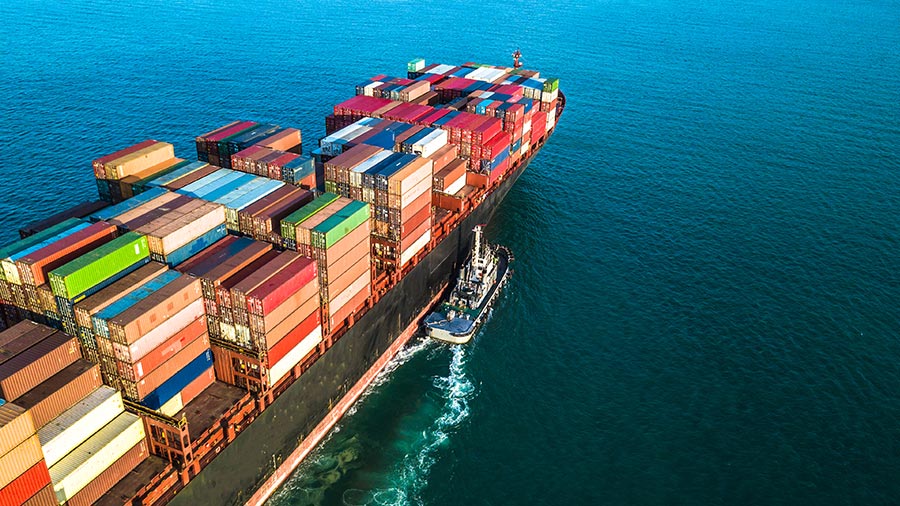An In-Depth Analysis of the COVID-19 Outbreak
Induma Selvakumar
Many economists build their models of
how the economy will adapt by comparing the circumstances to previous dilemmas;
however we have never seen a humanitarian crisis of this scale before. Although
there have been comparisons to the 2008 recession- the aspects of life and
death pose a much larger threat to the Global Economy.
From an economic perspective, the key issue
is not just the number of cases of COVID-19, but the level of disruption to
economies from containment measures. China being
the largest engine of trade caused great damage to the global supply chain as
its labour depleted and its mass production was put on a hold when the country
went into lock-down. The availability of cheap labour and the population of 1.4
billion has established it as the most efficient manufacturing engine - thus a
large surge of temporary unemployment has caused a global supply shock.
Wuhan are mass producers of IT software
and thus technology companies have seen a fall in 15% of production around the
world. While
several fiscal and monetary measures were announced by the Chinese authorities
to support the economy and its people in the time of crisis, the short-term
damage is evident. Total retail sales of social consumer goods were down 20.5% comparative to
the previous year nominally within just the first two months of 2020. Investment in fixed assets fell due to
drops in confidence, as foreign direct investors and China itself were unable
to make judgement of how this disease would prevail and affect spending. Investment in
infrastructure, manufacturing, and real estate development declined by 30.3%,
31.5%, and 16.3%, respectively. The value of exports was down by nearly 16%
while imports dropped by 2.4%.
While
a contraction in the first quarter is impending, the magnitude of this loss and
the time to get back to normal are only calculated guesses at this stage - with
unpredictability as to if the virus will play a role in the future due to the
possibility of failed herd immunity and thus re- infection? However, The
National Bureau of Statistics of China states
that from a comprehensive perspective,
“The
impact of the viral disease is short-term, external and manageable. At present,
the virus spread has been basically curbed, and the outlook for epidemic
prevention and control is getting positive. The people’s
basic livelihood is strongly ensured, the overall situation of society is
stable, and the economic fundamentals for long-term sound economic development
and progressing trend remain unchanged.”
China has been lifted out of a period of panic as the
number of cases has started to fall and the lock-down has been lifted, however,
with this success we see the world’s
largest economies - the UK, Italy, Spain etc. enter the second stage. With
Italy at a staggering death rate of 10.9% it has limited the ability to travel
and therefore the tourist industry has been decimated. China makes up 15% of
tourists worldwide and Chinese tourists also spend 3 times more than an average
tourist in foreign countries. This means even in the UK luxury brands such as
Burberry will see a large fall in demand. Globally, the
airline industry is set to lose $29bn, according to the International Air
Transportation Association (IATA) with predictions of bankruptcy
by April. This will cause a long lasting effect on the travel industry as
contraction in demand may extend beyond the period of bans and lock-downs as
people begin to fear travelling.
Oil is the largest global commodity. A reduction in
global economic activity has lowered the demand for oil, taking oil prices to
multi-year lows. That happened even before a
disagreement on production cuts between OPEC and its allies caused the latest plunge
in oil prices. Analysts from Singaporean bank DBS said reduced oil
demand from the virus outbreak and an expected increase in supply are a
“double wammy” for oil markets.
Economists can only predict what will happen to the Global Economy in
the near future. Europe, as the world's biggest trading block, could be particularly hard
hit by an extended Coronavirus outbreak.
Our worst-case scenario foresees full containment not being achieved
until 2021. The healthcare system will experience capacity shortages, and
production in several industries will be disrupted. In the Delayed Cure
scenario, supply chains from Asia to Europe, particularly important for
pharmaceutical raw materials and electronics, will be in jeopardy and crucial
supply chains within Europe will also start to break down. We will see a
temporary decline in consumption and investments.
In the optimistic Fast Recovery scenario,
disruptions will only occur in specific sectors, the supply shock will be less
strong, domestic production will only be impacted in Italy and demand will fall
in just a few industries, such as travel and tourism.
Government
expenditure in the UK will rise on healthcare, education, in public welfare and
providing financial support for the self-employed. This could potentially lead
to an increase of the budget deficit and national debt, signalling a return to
turn austerity in the aftermath of the pandemic.
With its strong focus on the domestic market and
orientation towards services, the United States economy is not
likely to be as badly affected as other regions. The worst-case scenario foresees a strong impact
on NAFTA supply chains and a drop in consumption, with a resulting decline in
GDP of 1.2 percent in 2020. Supply chains have been interrupted in selected industries only and fiscal and monetary stimulus
is likely to occur, given that this is an election year. In the
best-case scenario, the US will see no slowdown in GDP growth, with domestic demand stable and business
largely continuing as usual.
Overall, as mentioned before, the main factor that will heighten economic stress is the fall in supply with
consistent demand - as well as a lack of confidence in fear of falling GDP and
thus recession.
At this point, as students, we cannot actively go out and help. However the best way to restore the health of the public and our economy is to
stay at home and look after ourselves and our families.





Comments
Post a Comment